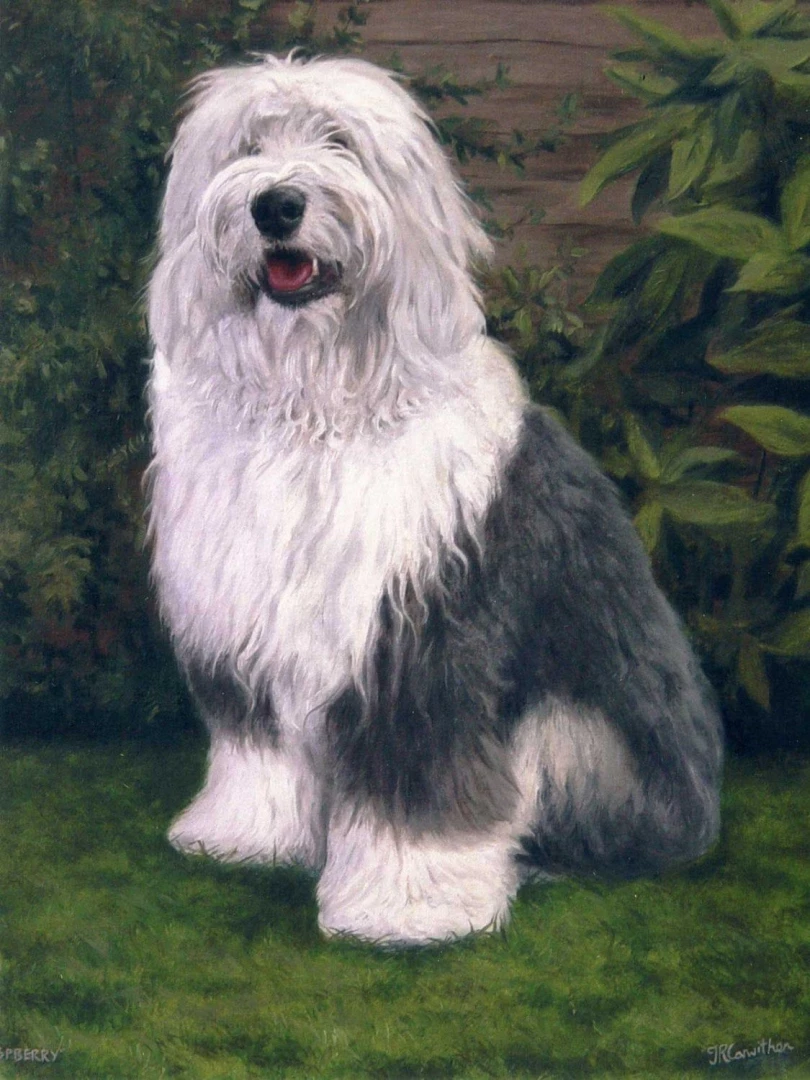
Polish Lowland Sheepdog
About
The Polish Lowland Sheepdog is an intelligent, loyal, and hardworking breed that makes an excellent companion for active families and individuals. With their affectionate nature, adaptability, and strong work ethic, they thrive in homes where they receive ample attention, training, and exercise. Their combination of charm, intelligence, and dedication ensures they are a cherished member of any household that values their spirited and devoted character.
 Breed Size
Breed Size
-
Weight (Male)
14-23 kg
-
Weight (Female)
14-23 kg
-
Height (Male)
44-54 sm
-
Height (Female)
44-54 sm
 Coat
Coat
-
Fur Type
Double
-
Color
One color
 Care
Care
-
Walk
>45 minutes/day
-
Breed group
Herding Group
-
Breed Size
M
-
Demeanor category
Aloof/Wary
 Breed Traits
Breed Traits
-
Barking
-
Good with young children
-
Drooling
-
Energy level value
-
Grooming frequency value
-
Good with other dogs
-
Trainability
 Breeds Club Recognition
Breeds Club Recognition
-
Trainability Category
>May be Stubborn
-
Temperament
>Confident, Clever, Lively
Description
The Polish Lowland Sheepdog is a medium-sized herding dog, originally bred in Poland in the 16th century for livestock herding and guarding. This breed descends from Asian herding dogs, contributing to its intelligence, endurance, and hardworking nature.
-
Origin: Poland, developed for herding and farm work.
-
Intelligent and trainable: Quick learner with strong problem-solving skills.
-
Loyal and protective: Forms deep bonds with its family and livestock.
-
Energetic and hardworking: Requires daily exercise and mental stimulation.
-
Long, shaggy coat: Needs regular grooming to prevent matting.
The Polish Lowland Sheepdog is a devoted and lively companion, excelling in obedience, agility, and herding. With consistent training and early socialization, they become well-behaved, affectionate family dogs suited for active owners.
